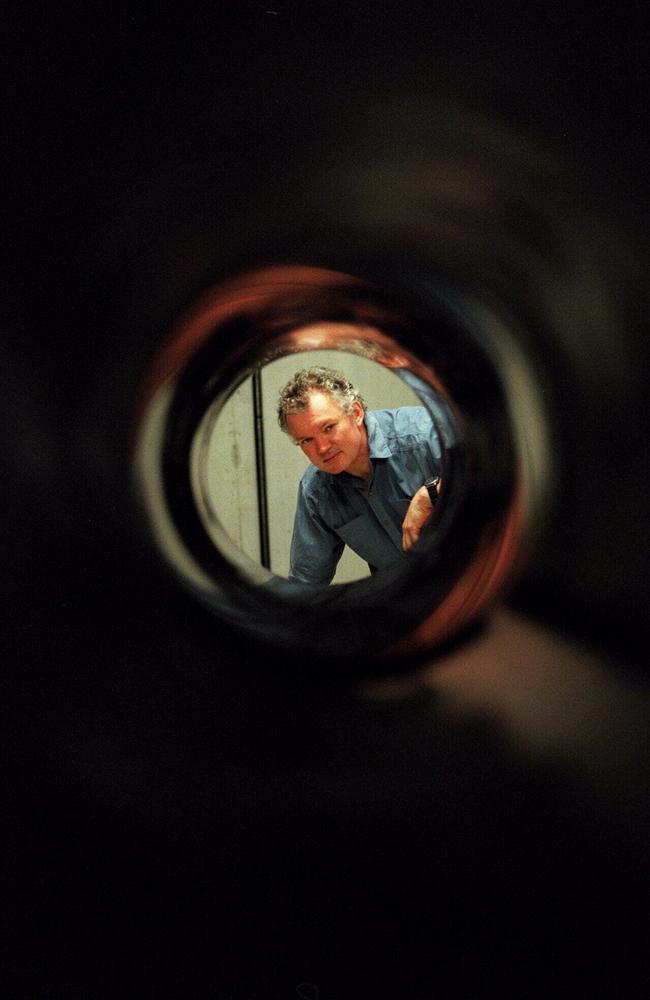QLD at cutting edge of sci-fi like Defence technology
Queensland is at the cutting edge of science fiction-like defence technology, including hypersonic aircraft and self-driving army vehicles.

QLD News
Don't miss out on the headlines from QLD News. Followed categories will be added to My News.
THE nation’s next generation defence technology will be coming from Queensland, with researchers developing self-driving trucks which can tackle all terrains in combat zones, and aircraft that travel fast enough that the air around them glows hotter than the sun.
Australia’s launched its new Defence White Paper last week with a $270 billion spend over 10 years, including a massive focus on research.
Queensland University of Technology is working on autonomous vehicles which can drop soldiers into combat zones too dangerous for human drivers for daring search and rescue missions, while the University of Queensland is at the cutting edge of hypersonic flight.
PM fires $270 billion shot in defence build up as Pacific tensions rise
$100 billion defence splurge it state’s sights

QUT robotics expert associate professor Thierry Peynot said while self-driving cars were able to operate on roads, the work they were doing, in collaboration with CSIRO, RMIT, Rheinmetall, was for vehicles able to autonomously drive in any terrain and even combat zones.
“In particular in situations where the personnel can make better use of their time than driving the vehicle, or it can be dangerous to drive the vehicle,” he said.
“It could be a rescue situation where you have to rescue civilians or people and you need everyone to get out of the vehicle to do this, the vehicle can still assist and assist autonomously.”
Some aspects of the technology could be ready within five years, but not full autonomy, Prof Peynot said.
He said the technology could give rise to bringing more manufacturing back into Australia to produce the advanced vehicles.
While UQ is limited on what it can say in regards to specific defence projects, but its work includes flight at speeds of up to 20km/second.
Centre for Hypersonics Director professor Richard Morgan said they had developed specialised shock tubes to test hypersonic speeds for tests which last just milliseconds.

“The difficulty with hypersonics it’s very difficult to get the facilities to test the artefacts before you fly,” he said.
“If you built one that was big enough and ran for long enough you’d consume the whole power generation capacity of Queensland and after you’ve run it for a few seconds you’d melt your laboratory anyway.”
He said while hypersonic travel included advantages like using oxygen as a propulsion system, there were issues with drag creating extreme heating.
“The temperatures in some of the shockwaves get much hotter than the sun. If you can’t control that your vehicle is not going to survive very long.
“When you drive your car too fast your tyres slip on the road. The shock layer which surround (the hypersonic vehicle) are analogous to the tyres.”
Associate Professor Anand Veeraragavan said the research at UQ attracted attention from home and abroad, including work with the US Airforce Office on Scientific Research.
He said increased defence funding would be welcome and would be able to assist keeping some of Australia’s brightest minds in the field from being exported overseas.
